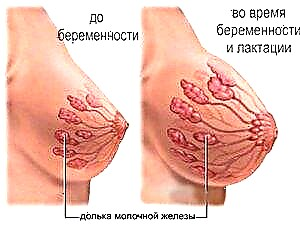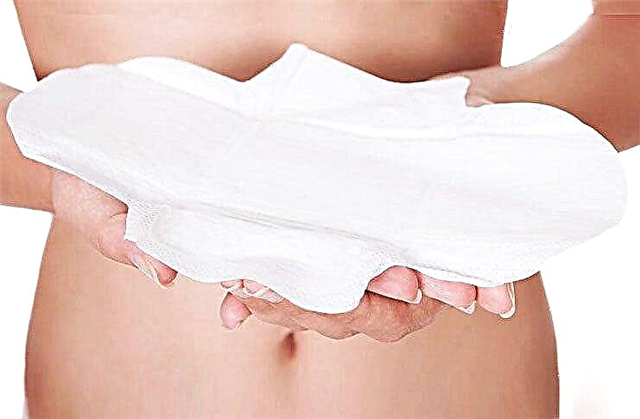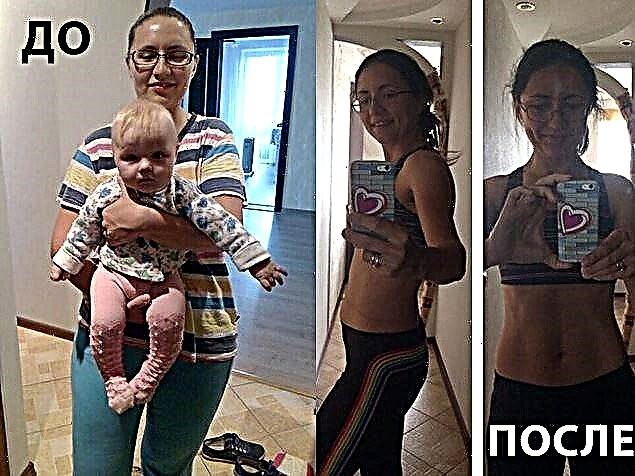
Diseases and injuries of the joints are considered quite common pathologies in both adults and children. Dysfunction of the joints of the bones is always quite painful and significantly worsens the quality of human life. In this article, we will look at the psychosomatic aspect of joint pain and ailments.
General information
Human joints are different: simple, consisting of two articular surfaces, and complex, consisting of several simple ones. Regardless of their location, all joints have a similar structure - this is the junction of bones, which is mobile, divided by space, which has a synovial membrane and a joint capsule. Bones connected in this way are allowed to move with the help of muscles.

The most common joint diseases in adults: arthritis and arthrosis, rheumatoid arthritis. Children may have juvenile arthritis, infants - dysplasia of the hip joint, congenital dislocations. But in the first place among children's joint problems are joint injuries (sprains, bruises, ligament ruptures, dislocations).
Joints wear out over time, so in old age they cause more inconvenience to people than in young people. Doctors believe that in addition to sports and other injuries, lifestyle, the presence of a large amount of salt in the diet, excess weight and obesity, concomitant pathologies of the musculoskeletal system, in which the loads on certain articular joints are unevenly distributed, have a negative effect on the condition of the joints.
The general symptomatic picture for different joint diseases looks like this:
- swelling;
- signs of inflammation in the joint;
- limited mobility up to the inability to perform flexion and extension movements;
- crunch when moving;
- strong pain.

Psychosomatic justifications
Joints, from the point of view of psychosomatics, give a person the ability to move, but not only move physically in space, but also move along the path of his own development. Therefore, joint problems are more characteristic of people who are "stuck" in their beliefs and cannot or do not want to break out of them and move on.
Some negative emotions that are characteristic of this or that person, at the physical level, cause changes in the hormonal background (we all know about the unpleasant effects of the stress hormone), tension of the muscles responsible for joint mobility occurs. Gradually, if the emotion is not eliminated, the clamp becomes habitual, the blood supply is disrupted, and the disease develops. The nuances of emotion can directly indicate the type of physiological problem: boundless despair can cause idiopathic (with an unknown medical cause) joint pain, resentment leads to the destruction of joint tissue, anger and anger, any form of active aggression leads to severe inflammation in the joints, the habit of disregarding the interests of others leads to excessive deposition of salts in joints, and excessive emotional and physical stress and suppressed negative emotions lead to self-destruction of the joint.
Painful changes in the shoulder joint are the area of responsibility of a person, the load that he carries. The joints of the fingers are household trifles, the joints of the legs are the support, the life principles of this or that person, the elbow joint is his attitude towards himself and others. Diseases of the joints on the right side of the body indicate problems in the field of self-expression, communication with others. Any diseased left joint is a sign of a person's personal, family problems.
In order to better understand what our own thoughts and actions we create for ourselves problems with joints, let's consider separately the most common pathologies.

Arthrosis
The disease is the destruction of the articular cartilage against the background of a decrease in the articular fluid, loss of elasticity by the cartilage and the gradual wear of the cartilage tissue. This whole destructive process is manifested by severe pain, crunching, limited movement in the joint.
Psychoanalysts who observed people with arthrosis of various joints came to the conclusion that this disease can be safely considered a disease of workaholics. Joint wear occurs due to its merciless exploitation. The psychological portrait of a classic patient with arthrosis is distinguished by such features as incredible stubbornness, unwillingness to hear other people's arguments. As a rule, the development of the disease is given a start not only by tireless work and self-righteousness, but also by a spiritual vacuum, in which a person does not understand the meaning of his own existence. The only meaning is work for the sake of work.
A person goes into "voluntary slavery" not because he really needs money or material benefits, but because he feels the need to be busy with something, and in the absence of work, everything loses its meaning. Usually such people do not have hobbies, do not know how to enjoy life.
To get a person out of the state of arthrosis, a psychotherapist has to work hard, and this does not always bring the desired result. The fact is that it is almost impossible to convey to an adult who has been accustomed to living in such a way that it is necessary to reduce the amount of work and increase the number of interesting activities outside of work. Also, adult workaholics, due to their stubbornness, refuse to accept the fact that the joint disease was sent to them by their own subconscious in order to somehow stop the hard worker and force him to rest.

For healing, a person must definitely find a meaning to live in order to stop hiding from life behind work.
- Hip joint undergoes arthrosis if a person is not only constantly busy with work, but also constantly tries to overtake someone, competes with someone in his business. The left joint speaks of irreconcilable rivalry in the family, the right - of the same model of behavior in a professional environment.
- Knee-joint - a symbol of pride, inability to forgive and ask for forgiveness, the desire to stand firmly on our feet in any circumstances. Arthrosis of this articulation arises due to the burden that a person puts on himself in order to prove to everyone that he is the best, the first.
- Shoulder joint is affected by arthrosis in those who are accustomed to responsibility not only for themselves, but also for others. The ailment is facilitated by hidden grievances and disappointments that a person experiences, but does not express and continues to be responsible. It is quite often combined with thyroid disorders.
- Elbows hurt due to the destruction of joint tissue. This pathology is characteristic of those who aim to earn as much as possible. This desire is elevated to the rank of the main meaning of life. Quite often, it is accompanied by the presence of hemorrhoids in the patient or frequent constipation.
In children, arthrosis is quite rare, mostly - only after receiving joint injuries. According to clinical psychologists, this usually happens with children who exhibit the same qualities as adults, but on a smaller scale: greed, "excellent student syndrome", the habit of constantly competing with peers (children-athletes, children-prize-winners, etc.). etc.).

Arthritis
The inflammatory process in the joints, from the point of view of psychosomatic medicine, is characteristic of people with an increased level of aggressiveness. These are adults and children with a high level of excitability of the nervous system. They cannot put up with the circumstances.
Patients with arthritis do not know how to see the second and third bypass options, they only need a straight path. Often these are egoists of the highest order. The most famous patient with this diagnosis, for example, was George Soros.
Often, the inflammatory process develops in those who have chosen the wrong profession - instead of power specialties, where it would be possible to direct aggression in the right direction (the Ministry of Emergencies, the police, the army), they become officials or bankers, office clerks - as a result of their personal aggression, not having an adequate outlet, it accumulates and pours into an illness.
In children, the disease develops infrequently, usually in the form of juvenile arthritis, often leading to disability. Congenital rheumatoid arthritis is even less common, usually due to the incredible aggressiveness of the baby's parents. The causes of childhood and adolescent illness are usually the same as in adults, but to a lesser extent - aggression and anger.
In treatment, psychotherapists recommend using water procedures - swimming allows you to relieve tension and gives flexibility to a person. It is important for a person with arthritis to learn to forgive and ask for forgiveness from others, as well as to reconsider their attitudes regarding success, achieving goals. You don't need to go to them at any cost. There are a lot of "softer" ways to achieve what you want.

General recommendations
Patients with joint diseases, regardless of the diagnosis, on the way to cure it is important to master a very difficult task - to learn to be kinder to yourself, to the surrounding friends and strangers. Many things (lies, deception, betrayal, meanness, resentment) have to be learned to consider from a philosophical point of view.
The acquisition of the meaning of life, an interesting hobby is an important condition for recovery, here a lot depends on the patient himself, since no doctor is able to make him get carried away with something. It is important to understand that all events are given not in order to fight and win with them, not to punish oneself in the event of a shameful loss to these events, but in order to take note of them and move on. The “easy to move on” attitude is of the utmost importance. After all, its absence leads to problems with the joints, in which movement becomes difficult or impossible.




